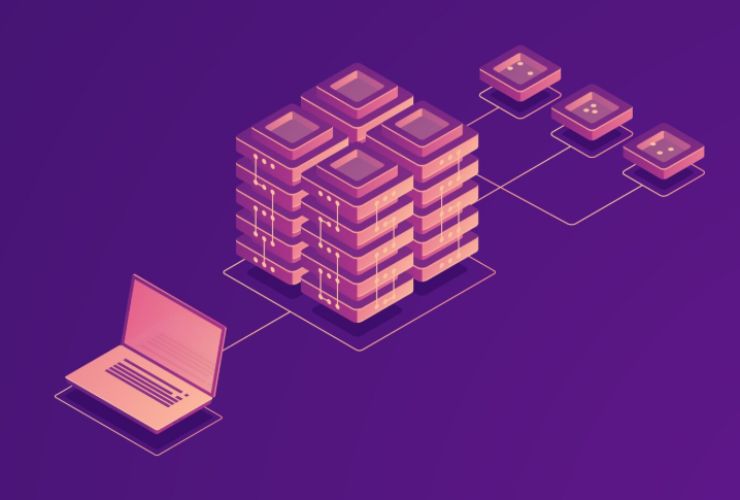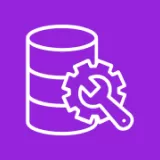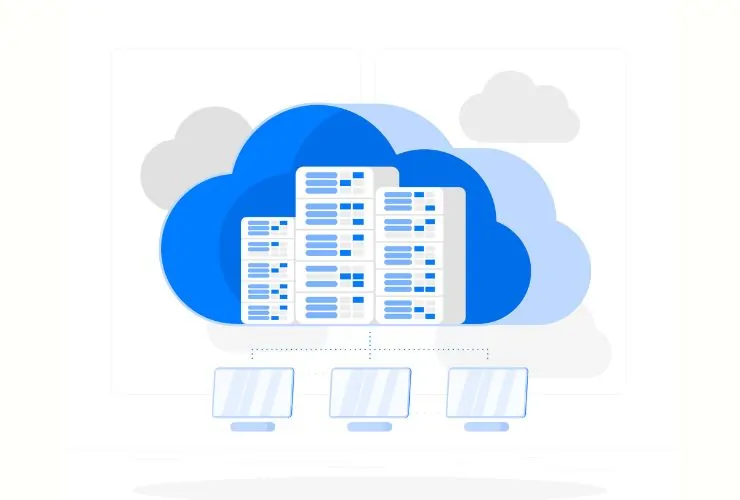Creating a scalable database architecture is necessary for businesses that want to manage growing amounts of data, maintain performance, and manage reliability. When you’re building a new application or adding component updates to an existing system, considering scalability allows you to assure that your database can scale without issues, even if the number of users grows at a rapid rate — otherwise you could face downtime and performance issues which can be costly for the user experience and company growth.
What is Scalable Database Architecture?
A scalable database architecture is the design of the system, so your database can handle increasing workloads efficiently by adding resources, and without deteriorating performance, availability, or data integrity. There are two main options for scaling performance and managing rapidly increasing workloads but distributed data;
Vertical Scaling (Scale Up) – involves adding more resources (a better/faster CPU, more RAm, switch to SSD storage) to a server. Vertical scaling will improve performance, but has limitations for physical restriction and cost.
Horizontal Scaling (Scale Out) – dividing a distribution of data and queries over multiple servers or nodes. Horizontal scaling allows for nearly limitless growth, but requires careful design for distributing data and having consistency.
The end goal will be to create a system that is designed to grow in all ways to support the demands of your business with little to no complete rework of the design principles and decisions.
Fundamental Principles for Designing a Scalable Database Architecture
1. Choose the Right Database Type
Choosing the right database is critical. Think about:
Relational Databases (SQL): Best for applications that require complex queries, ACID properties, and structured data. For example: PostgreSQL, MySQL, Microsoft SQL Server.
Non-relational Databases (NoSQL): Best for applications that require unstructured or semi-structured data, flexible schemas, and distribution. For example: MongoDB (documents), Cassandra (wide-column), Redis (key-value).
There are also hybrid approaches that combine SQL and NoSQL (polyglot persistence) which are rapidly gaining popularity to take advantage of both types of databases.
2. Database Sharding
Sharding refers to the process of breaking a large database into smaller and much more manageable pieces called shards and each is hosted on its own server or node. The major benefit of sharding allows us to put load balancing on different shards, as well as reduce latency since we only send queries to the correct shard.
Example: A global e-commerce site might shard customer data by geographic region, therefore if a query is executed to find all customers from the US, the query only runs against the US shard.
When deploying a sharding strategy, great care must be paid to the design of sharding keys, to avoid creating unbalanced shards as well as getting cross shards joins which could end up causing very high latency with the query performance.
3. Use Indexing Wisely
Indexes enhance the speed of read queries by enabling fast lookup for data, but too many indexes on a table slow write queries down because the index also needs to be updated.
You want to focus your indexing on columns that are most likely going to be found in WHERE clauses or JOIN statements.
Be sure to continue to review your indexes, and delete indexes that are not in use or duplicated.
Consider only using partial indexes or covering indexes to optimize for specific queries.
4. Use Caching
Caching reduces the load on the database by storing data, that is accessed frequently, in fast-access memory stores like Redis or Memcached.
- You can use caching for results of costly queries,
- Cache all session data and computed results.
- Use cache invalidation operations to keep your data up to date and consistent.
5. Have High Availability
High availability means that downtime is minimized to ensure data continues to be available.
- Use replication to ensure that copies of data exist on multiple servers
- Use failover so that you can automatically transfer to a backup server in case the primary server goes offline.
- Use deployments in multiple regions to serve your global users faster and to protect your data in case of regional disaster.
6. Optimize Queries
Inefficient queries can be a significant contributing factor to performance problems in database systems, so be sure to:
- Use EXPLAIN and profiling tools to help understand query execution plans.
- Avoid selecting columns you do not need by avoiding SELECT *.
- Utilize batch operations rather than repeatedly using single row queries.
- Perform regular statistics updates and analysis of your query performance.
7. Monitor and Scale in Advance
Monitoring continuously assists in identifying problematic areas before becoming problematic for your user base. Focus on tracking:
- Query latency
- CPU usage
- I/O wait time
- Cache hit ratios
Creating alerts for abnormal behavior will also assist your database administration. Use dynamic scaling based on demand or orchestration frameworks to allow resources to adjust depending on demand.
When to Care about Scalable Database Architecture
When businesses grow, their data and their users grow with it. Without scalable database systems, your business runs the risk of the following:
- Performance bottlenecks (and unhappy users) – Slow page loads for users lead to frustrated users and high abandon rates.
- Downtime – Stalling or outages on your service leads to lost revenue, and likely a tarnished reputation.
- Data loss or inconsistency – Inadequately replicated or backed up systems can increase your risks.
Identifying tight points within your systems and applying fixes early will help your business construct a level of resiliency and agility that fosters innovation and developed customer satisfaction over time.
How Empirical Edge Assists in Database Development
At Empirical Edge we specialize in scaling databases in our client’s environment to meet personalized needs. Our services include:
- Design and development of fault-tolerant and scalable database architecture.
- Deployment of advanced caching mechanisms and replication strategies.
- Performance tuning of SQL and NoSQL databases.
- Migration of legacy database to cloud-native, distributed structures.
Empirical Edge is your partner — we help ensure that your data infrastructure can scale quickly, is highly available and able to perform at scale, so you can focus on bringing value to your customers.
Conclusion
Designing a scalable database architecture requires a comprehensive approach. You need to consider the needs of your application, data growth patterns, and system constraints. You will need to select appropriate database technologies, implement sharding, caching and replication strategies, optimize your queries, and monitor usage of the system vigilantly. Following these practices will enable your database to scale consistently and effectively to whatever your business requires today and in the future.














